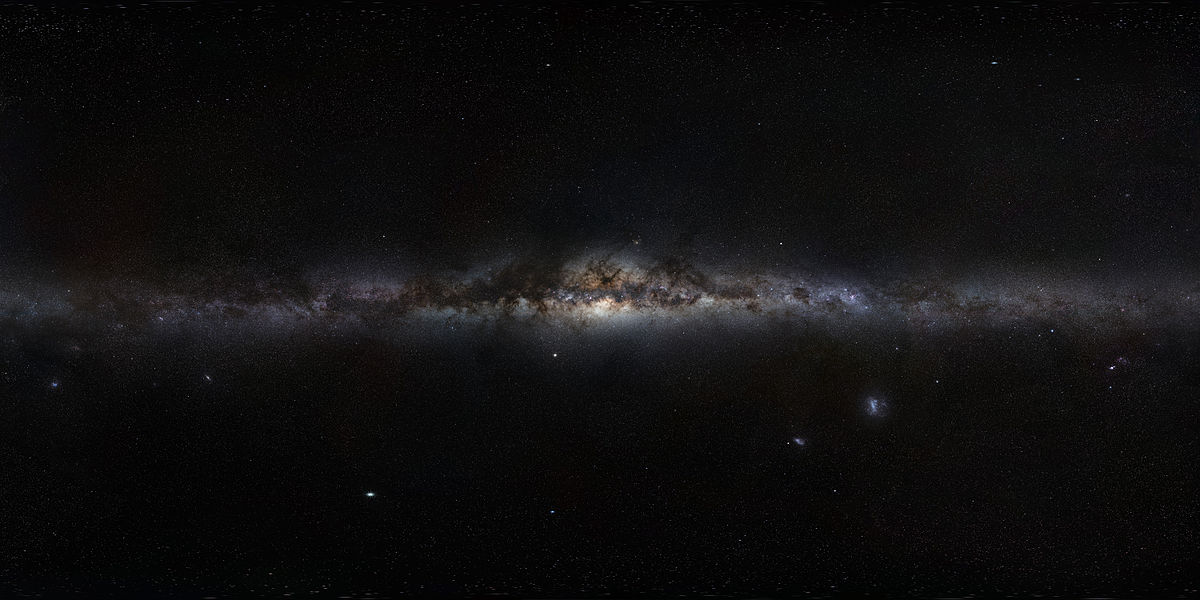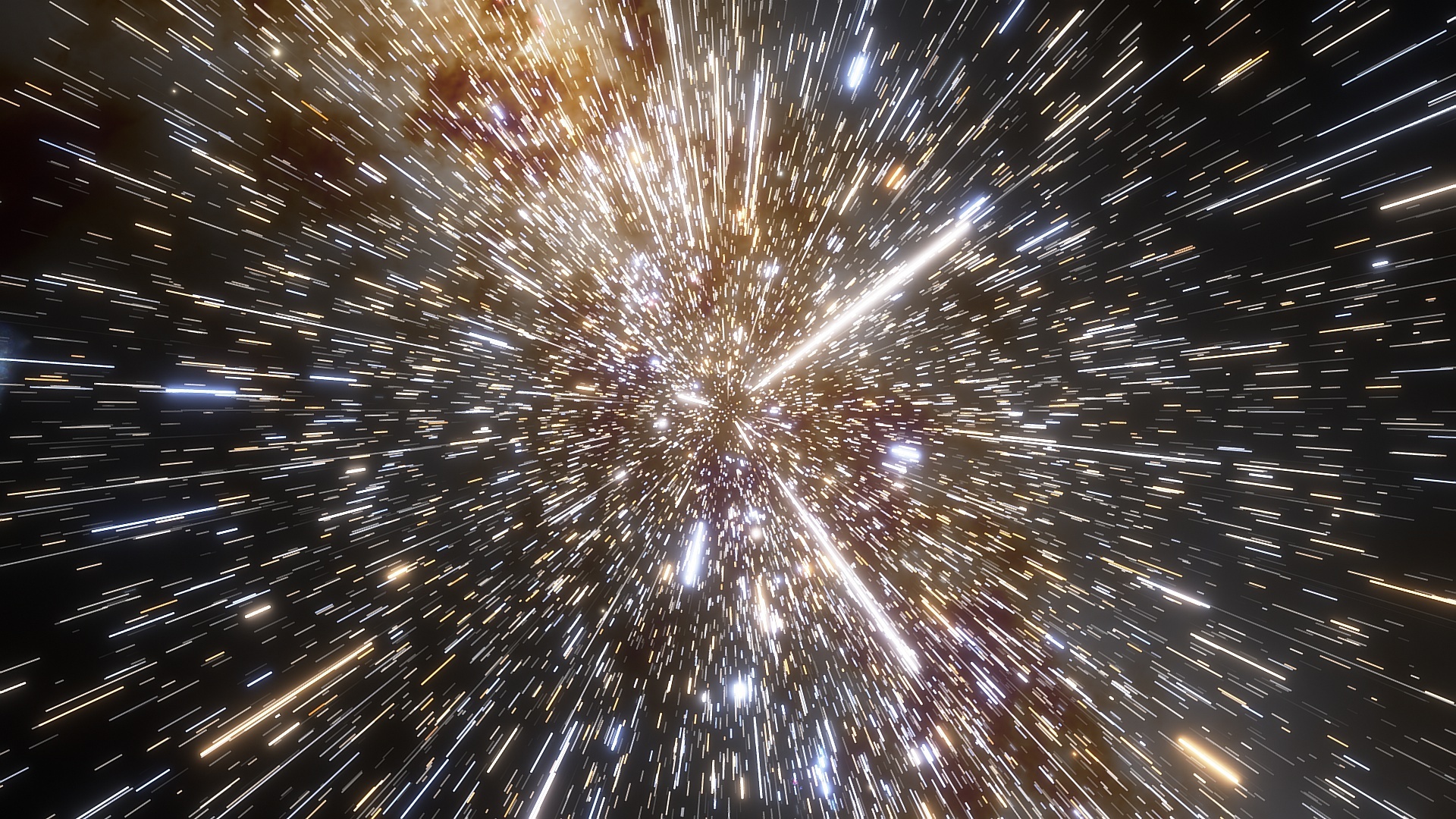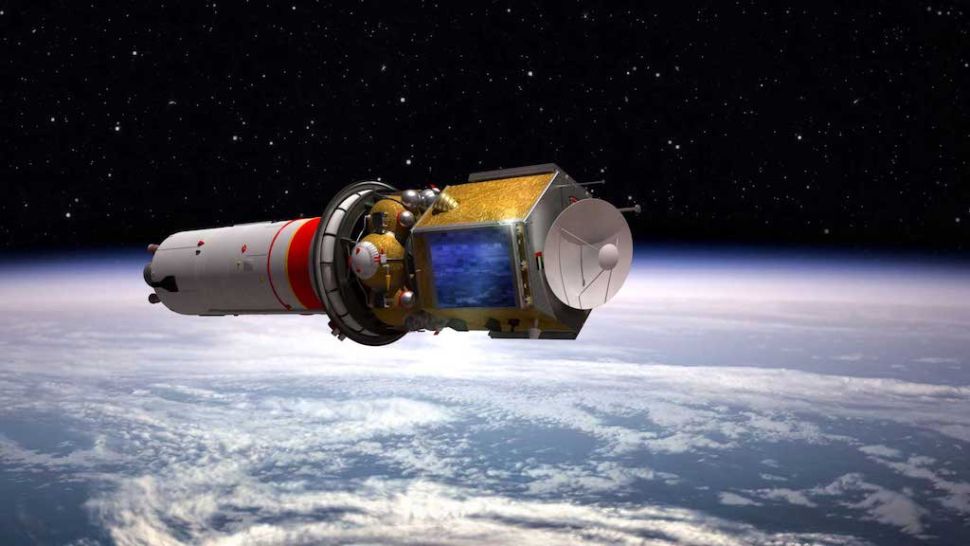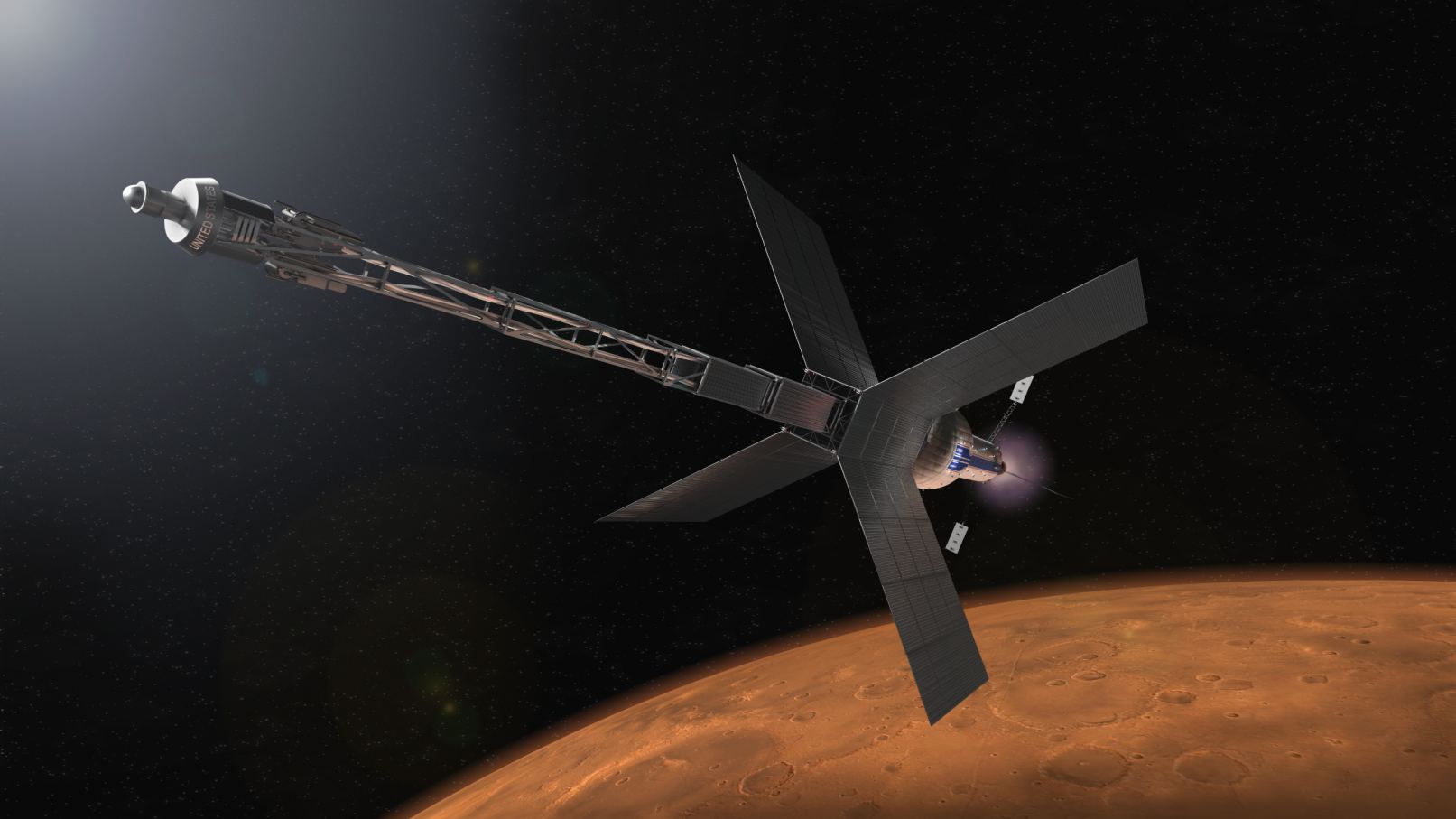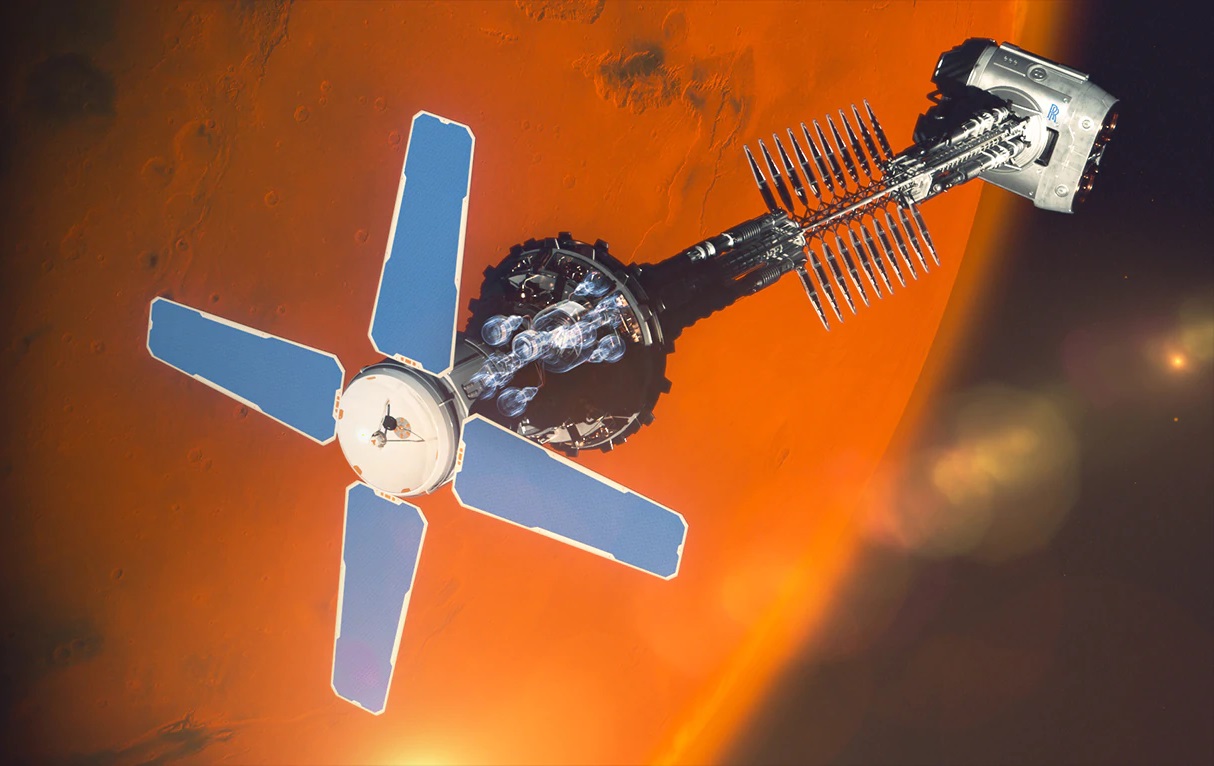In the coming generations, humanity’s presence in space is expected to grow considerably. With everything from space tourism, the commercialization of Low Earth Orbit (LEO), asteroid mining, and maybe even settlements on the Moon and Mars in mind, there appears to be no limit to what we hope to accomplish. Another interesting thing about the modern space age is the way it is becoming more open and accessible, with more people and nations able to take part.
Unlike the Space Race, where two nations dominated the playing field and astronauts corps were almost exclusively made up of white men, space exploration today is more representative. However, there are still many challenges and barriers for women and people of color in space exploration and the related STEAM fields, not all of which are visible. Addressing these requires that we become better at listening to those who deal with them.
To this end, the Space Court Foundation (SCF) is launching a new series titled “Women of Color in Space.” As part of their mission to foster a conversation about space law and the future of space exploration today, this series interviews women of color who have made it their mission to advance space exploration and fulfill the promise of making space “the province of all of humanity.”
Continue reading “The Space Court Foundation Presents: “Women of Color in Space””


